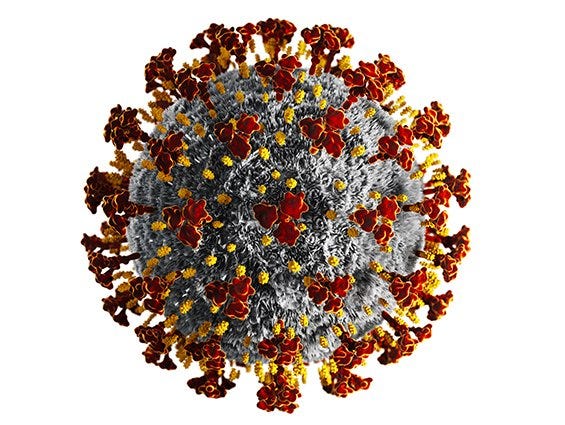COVID-19 Testing: CDC's Controversial Recommendations and Impacts
Written on
Chapter 1: Understanding the CDC's Testing Decisions
The Centers for Disease Control and Prevention (CDC) has recently altered its COVID-19 testing guidelines, only to retract them later. This back-and-forth essentially resulted in a decrease in overall testing, which would naturally lower the reported positive rates. This shift appears to be driven by political motivations rather than public health concerns. In reality, we are facing both a shortage in testing frequency and capacity, leading to delayed results. It's worth noting that this is the same country that pioneered effective public health measures during the 1918 pandemic.
The current administration seems focused on minimizing reported cases, including positive tests. However, reducing the number of tests conducted will not actually lower the infection rate or prevent fatalities. It won't help in managing the spread of the virus either. Politically, for a leader aware of public dissatisfaction with their response, this strategy may appear savvy. Fewer confirmed cases could create the illusion of effective governance, possibly swaying voter opinions ahead of the November elections.
It's clear that many Americans recognize the inadequacies in our response. This awareness has only intensified as the virus spreads into areas traditionally aligned with Trump. Initially, the virus was perceived as affecting only urban, predominantly blue regions, leading many in rural red areas to dismiss its seriousness. Some even believed they could evade it due to a misguided ideology that promotes notions of racial superiority. The lack of a robust plan can be seen as a form of passive negligence, especially as events like Sturgis contribute to the virus's proliferation across the country. Cases have now been directly linked to eight predominantly rural, conservative states. Without adequate testing, the true extent of the outbreak will remain hidden.
The level of denial surrounding this situation is astonishing, but it can be traced back to the underlying ideologies that have influenced our approach. This includes harmful beliefs that equate infection with weakness, which disproportionately affects African American and Latino communities. Such views reflect a troubling blend of fascist ideology and a dismissal of scientific expertise.
The administration seems to thrive on this illusion. While the lack of testing capacity limits its utility for public health, the solution should be an increase in testing capabilities rather than a reduction. More testing would likely reveal a higher number of cases, a scenario that is politically undesirable for the president. The desire for minimal testing aligns with a narrative of zero infections, enabling claims of victory and a push to return to normalcy, disregarding the ongoing health crisis. This rhetoric could also deter people from engaging with businesses, fearing potential infection.
The president's yearning for normalcy is echoed by many within the right-wing community. The pandemic has highlighted deep-seated structural issues within our society and economy. We tend to blame individuals for job loss rather than addressing systemic failures that necessitate universal healthcare and better support for frontline workers—who are often from communities of color.
The recent cessation of the $600 weekly federal support exemplifies these issues. While this amount equated to roughly $15 an hour—barely enough for survival—some individuals found themselves better off on unemployment. This reality underscores the need for improved wages and the validity of movements advocating for a $15 minimum wage and unionization.
The current state of testing reflects the CDC's ongoing struggles. Initially criticized by experts, the agency now appears to be moving towards a herd immunity approach, potentially leading to catastrophic mortality rates. The reality is that excess deaths are already alarmingly high.
Section 1.1: The Political Underpinnings of Testing Policies
As the CDC navigates its testing recommendations, it becomes evident that political considerations often overshadow public health imperatives.

Section 1.2: The Consequences of Reduced Testing
The implications of decreased testing extend beyond mere statistics; they affect the very fabric of public health and community safety.
Chapter 2: The Role of Public Health in Crisis Management
The first video, "When To Use a Self-Test," provides insight into the appropriate circumstances for utilizing self-tests during the pandemic.
The second video, "How To Use a Self-Test," explains the correct procedures for administering self-tests effectively.